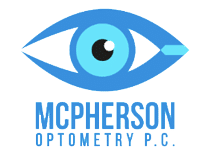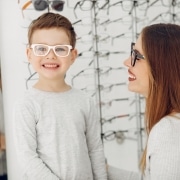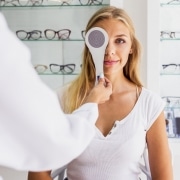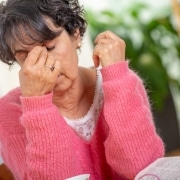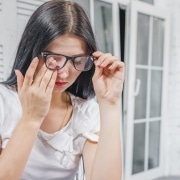Is My Child Too Young for Glasses?
Young children can have eye problems, too. Even children as young as 12 months may need corrected vision. If you think your child may have vision issues, regardless of age, make an appointment with your local vision center today.
Symptoms of Poor Vision in Young Children
Poor vision often manifests in children between the ages of 18 months and 4 years old. Sometimes, the problem is easy to recognize as a wandering or “lazy” eye. Crossed eyes is another symptom of vision issues in young children. If your child suffers from either of these conditions, you and your pediatrician will likely both notice.
Sometimes, young children have vision problems that are less noticeable, such as uneven focus. Because they’ve had the condition since birth and have never seen the world differently, they won’t notice there’s a problem. This is when your child’s routine vision screenings become vital.
Symptoms of poor vision in very young children include:
- Sensitivity to light
- Redness
- Eye rubbing
- Crust
- Swelling or tearing
- Bulging eyes
- Drooping eyelids
If you notice these symptoms in your child, regardless of age, schedule a vision screening.
How Do Young Children Manage Glasses?
If your very young child needs glasses, don’t despair. The key is to purchase ones that are durable and resist breakage. You may also want to purchase extended protection plans for glasses meant for youngsters.
To help young children manage and care for glasses, first find out how often they need to wear them. It may also be helpful to let your child help pick out their glasses. When kids play a role in choosing, they’re often more invested in caring for them. Once you’re home with the new glasses, have a sit-down conversation with your youngster to discuss how important it is to take care of them. Outline rules to help, such as storing the glasses in their case when not in use and taking them off before engaging in active play.
Contact McPherson Optometry in Syracuse, NY
Call McPherson Optometry in the North Syracuse area today to schedule an appointment for children who exhibit signs of vision problems. Our friendly professionals are waiting to help.
